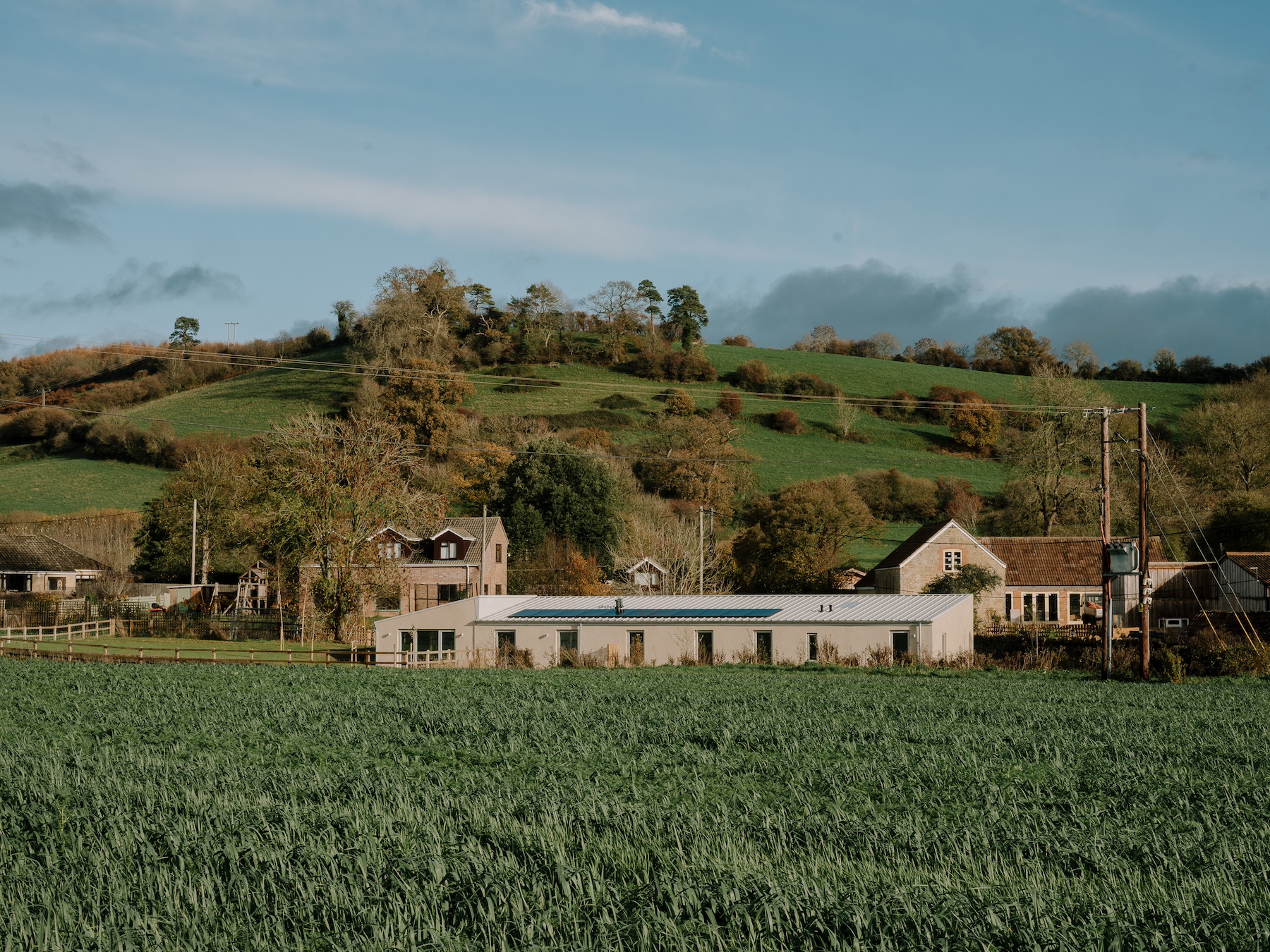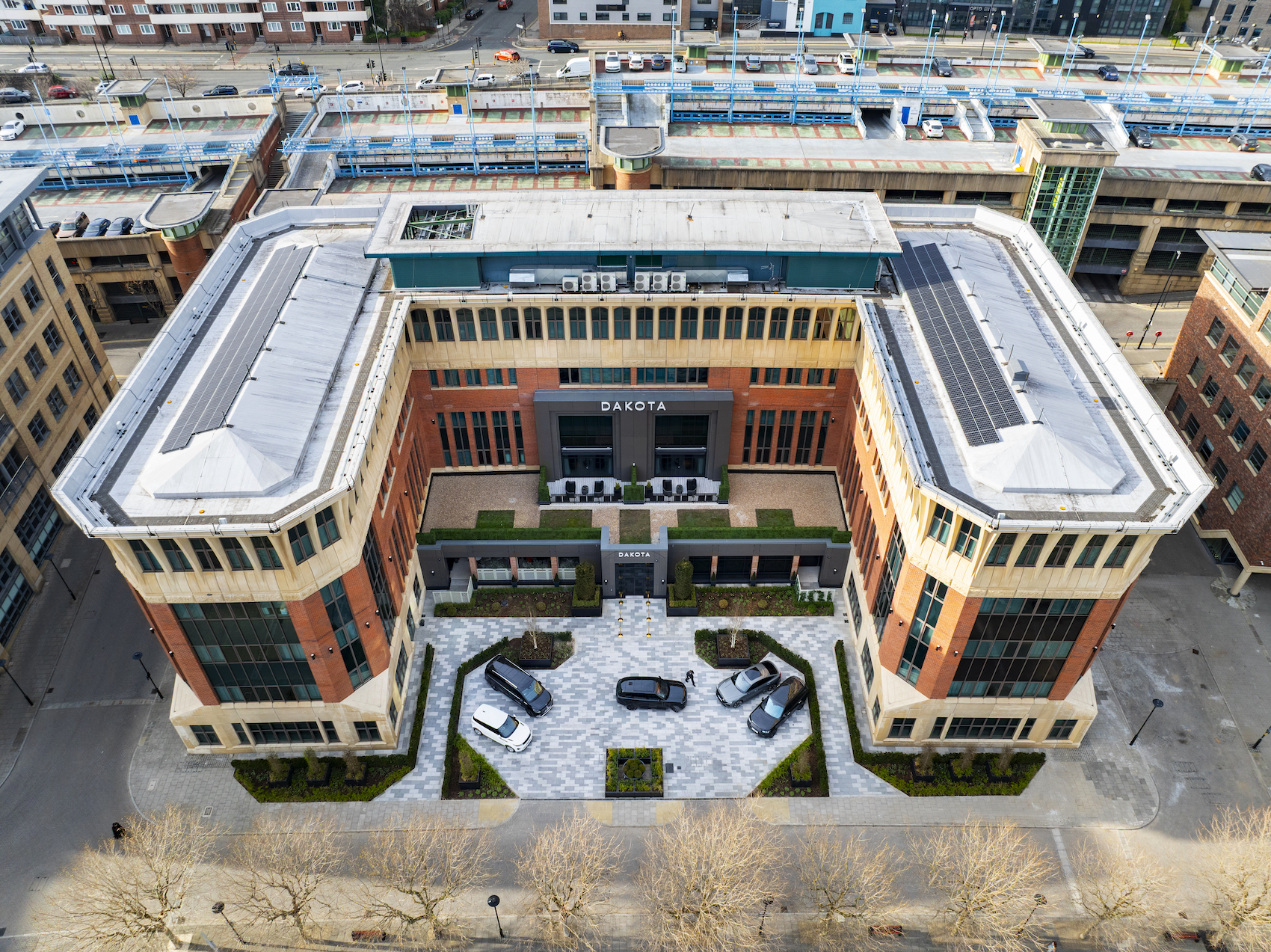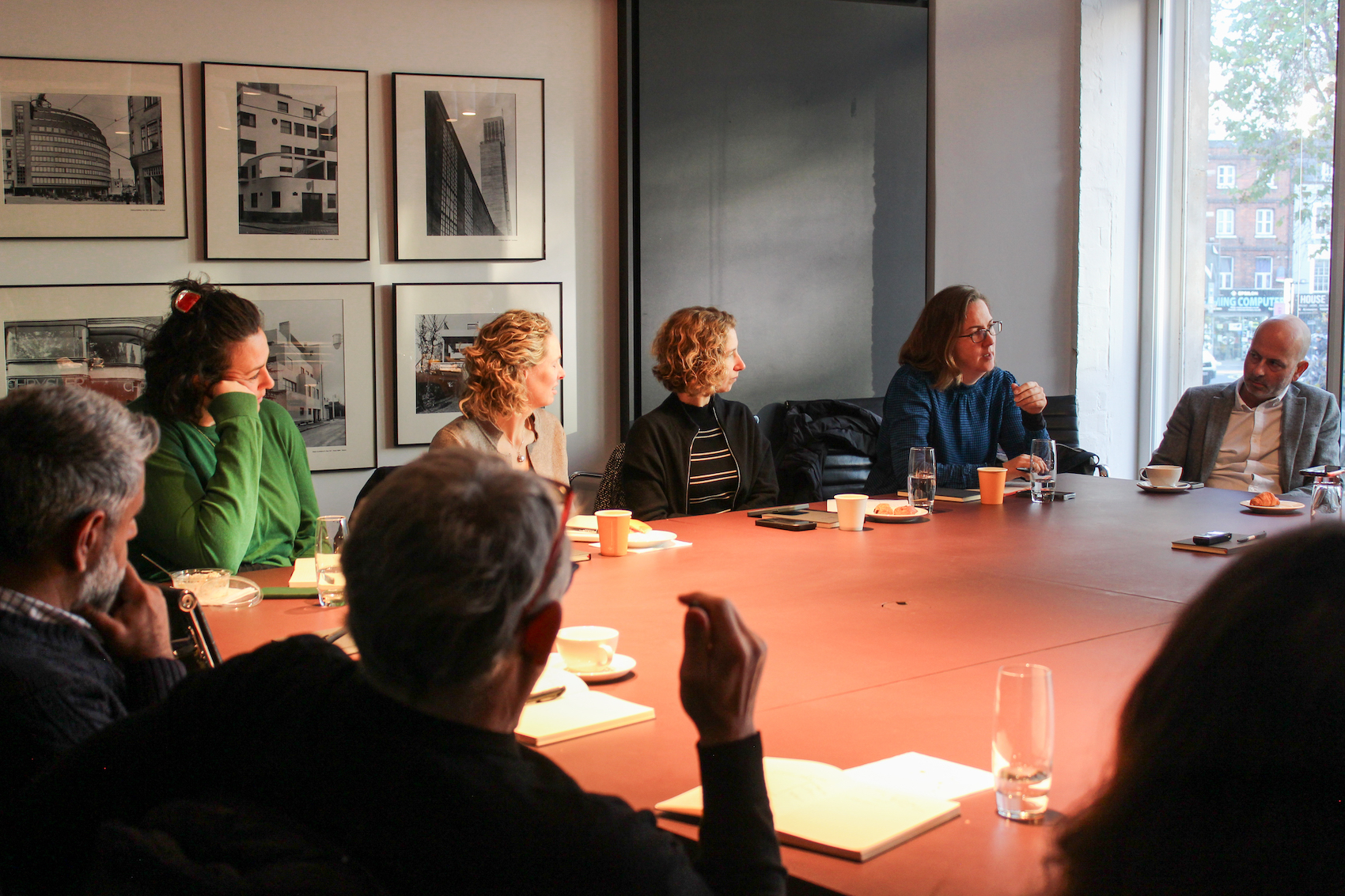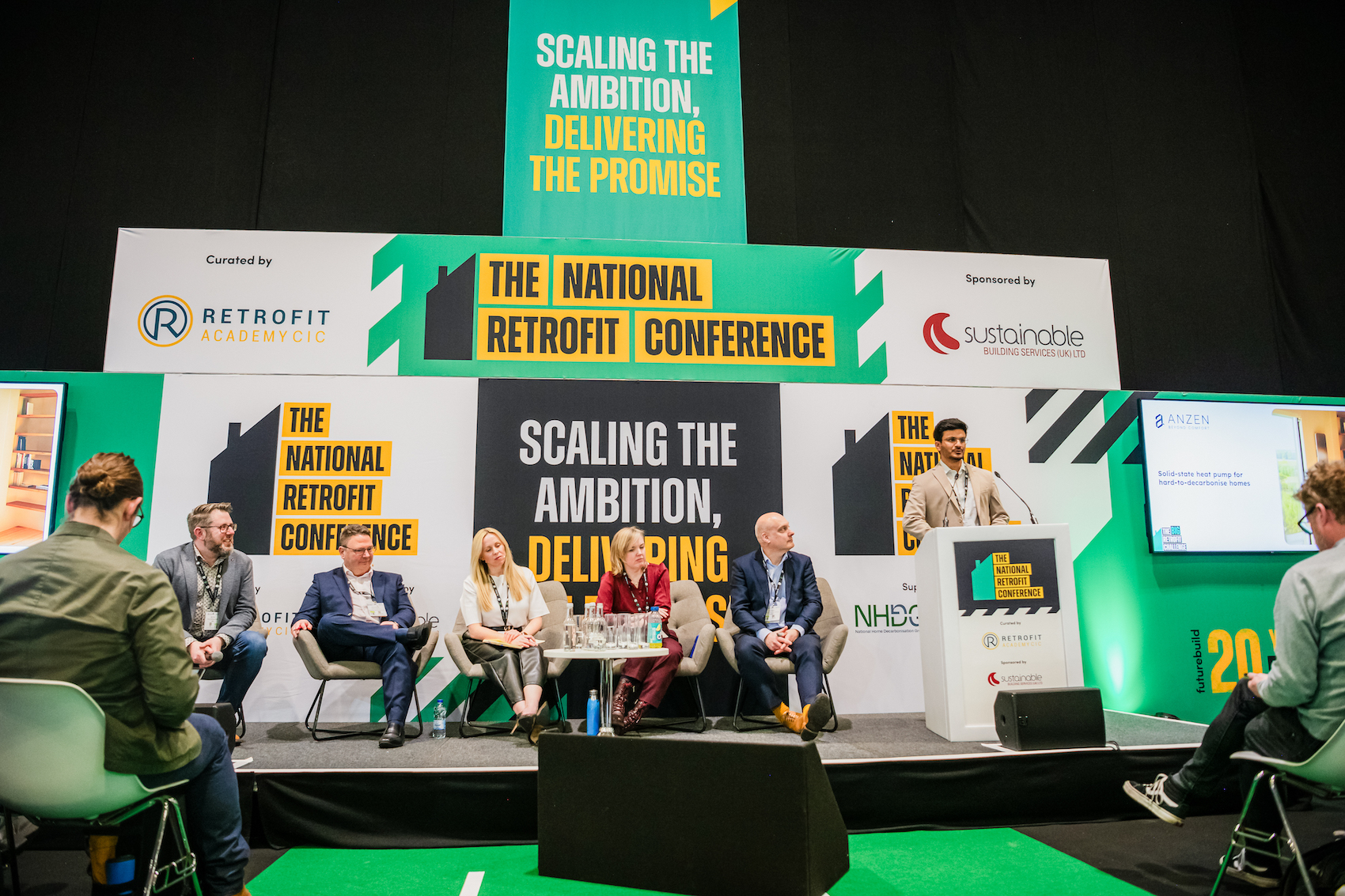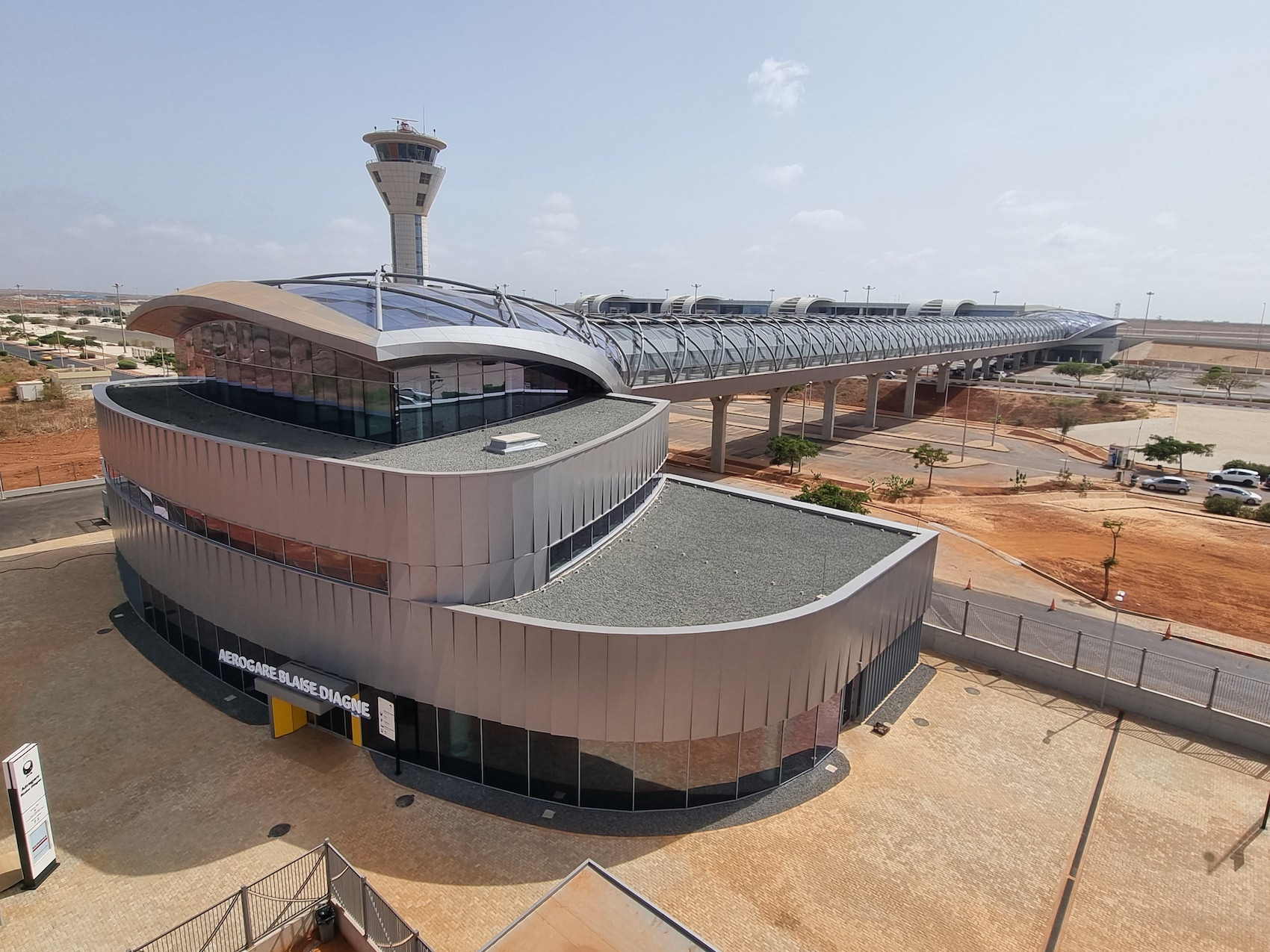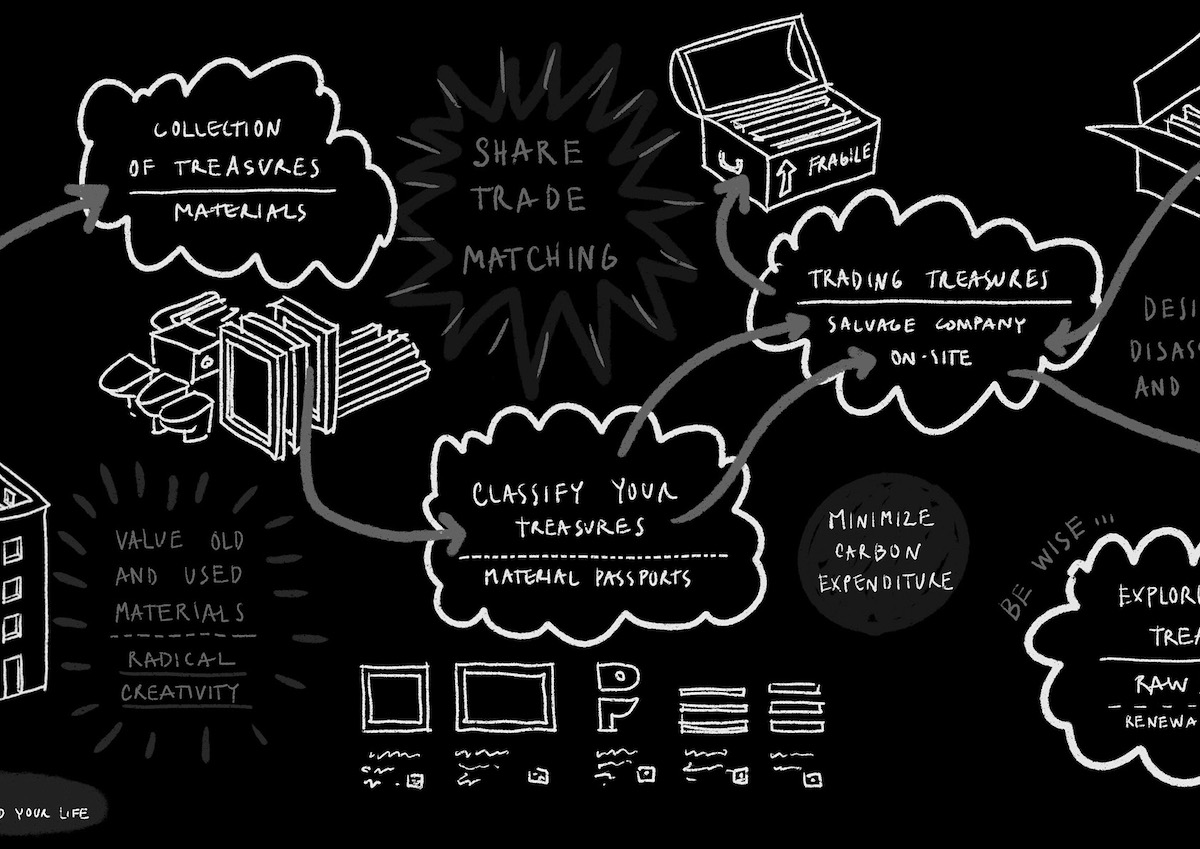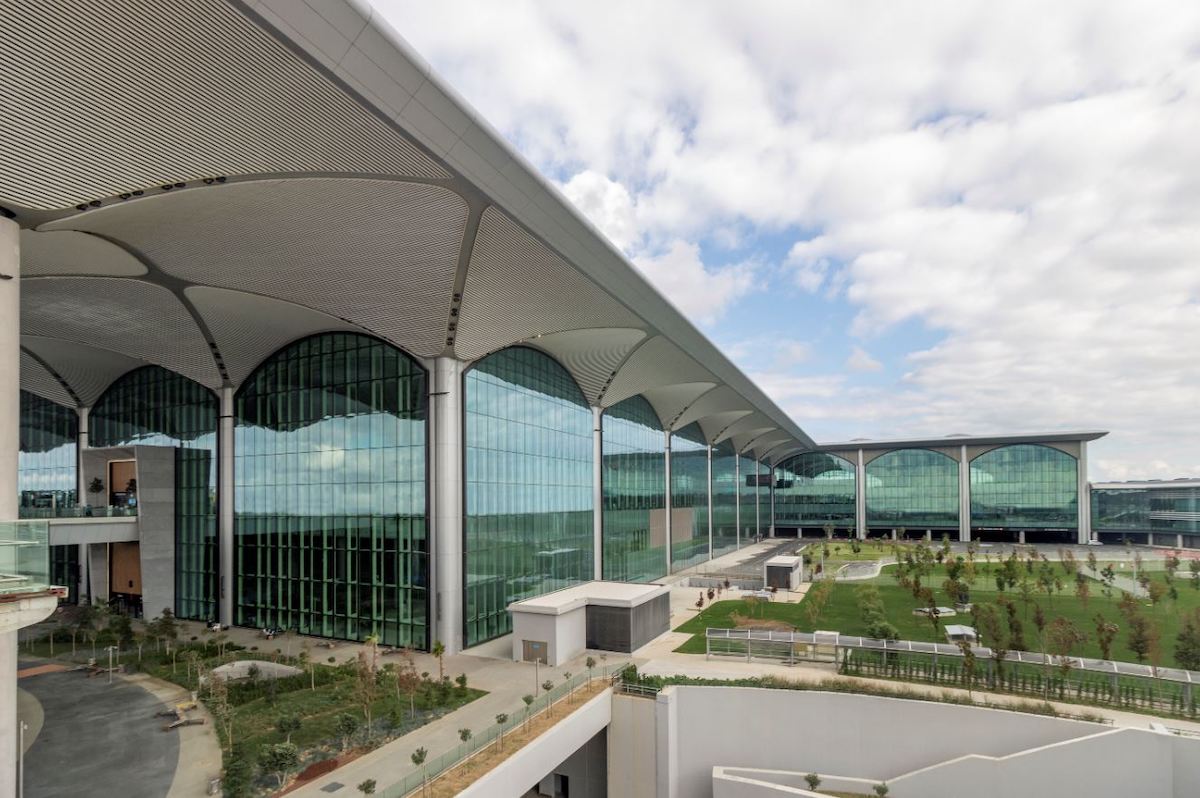By engaging early with clients, being honest about what’s possible and embedding co-design throughout the project lifecycle, Glasgow’s New Practice (part of Civic) are challenging extractive traditions in a movement towards restorative and regenerative architecture.
Marc Cairns and Becca Thomas, directors of New Practice, photographed in Glasgow with Stephen O’Malley, CEO and Co-Founder of Civic. New Practice became part of Civic in Autumn 2024.
Honesty is the key to fostering genuine co-design. It’s crucial to be transparent about what can and can’t be changed. Especially on larger, urban-scale regeneration projects, there are often things that have already been decided – by policy, budget, or infrastructure constraints. So, it’s about helping communities understand where their voices can genuinely shape outcomes, and ensuring those contributions aren’t tokenistic.
The more you work in this field the clearer it becomes that key choices, ones that determine whether a project is extractive or regenerative, are often made far upstream, by clients, policymakers, or financiers, not always by designers. That awareness has really influenced how we work at Civic. We try to operate across scales of projects, so we can intervene early, bring a system thinking approach into the process, and influence outcomes that are socially and environmentally positive.
Sometimes the most meaningful engagement happens later, when details are getting locked in. Co-design needs to last the full length of a project, not just at the start. We’ve brought community voices back in during technical design phases, like on George Square, where young people helped design specific elements like bird boxes and bug hotels.
Another key strategy to co-design is proactively seeking to include underrepresented voices. That often means going to where people already are – schools, disability support groups, cultural events and faith spaces – instead of expecting them to come to us. And if it means paying for transport, access support, or simply people’s time, that’s part of doing it properly.
That balance between regenerative practice and client pragmatism is a core part of what we do. A lot of it comes down to client education – showing that regenerative choices can add real long term value, rather than short term cost savings being the main focus, and that we don’t have to compromise quality for profit. With public sector clients, we can lean on policy frameworks and longer-term community value. With private clients, it’s often about helping them stand out – showing how doing the right thing can also be a strategic and differentiating move.
We try to imagine the future you can’t see yet. Believing that if we all keep working towards the future we want, we’ll get there – with the help of the brilliant collaborators and repeat clients out there also doing great work with care and consideration.
What helps is knowing that everyone at Civic shares the same purpose – across services and locations. When we’re working toward the same goals, it’s easier to stay hopeful and energised, even when the wider context can feel overwhelming.
For us, regenerative practice is the opposite of extractive architecture and placemaking. It’s about creating projects that give back to people, to place, and to the planet. That could mean environmental restoration, social empowerment, cultural stewardship, or all three at once. It’s not just about doing less harm – it’s about creating conditions for communities to thrive.
Becca Thomas, Marc Cairns, Stephen O’Malley
New Practice (part of CIVIC)
Glasgow



